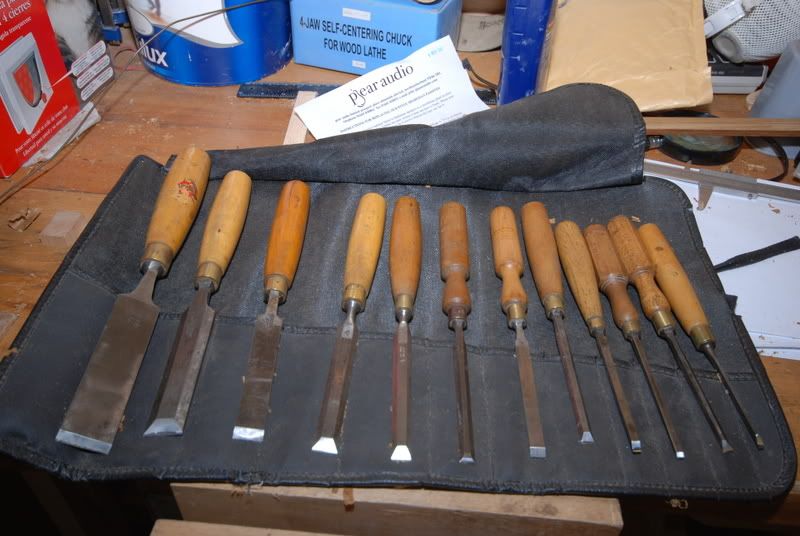mtr1
Established Member
when I first started as a apprentice cabinet maker, I was given a few chisels and old wooden planes by my grandfather. Now I still use these occasionally, when the mood takes me. Bearing in mind that I probably haven't sharpened them for a long time, mainly because they hold an edge so well. These all have cast steel stamped on them. Now my question is why do they not make cast steel edge tools any more? Is it just a cost thing, or are they produced, but of low quality?
Edited for spelling
Edited for spelling





